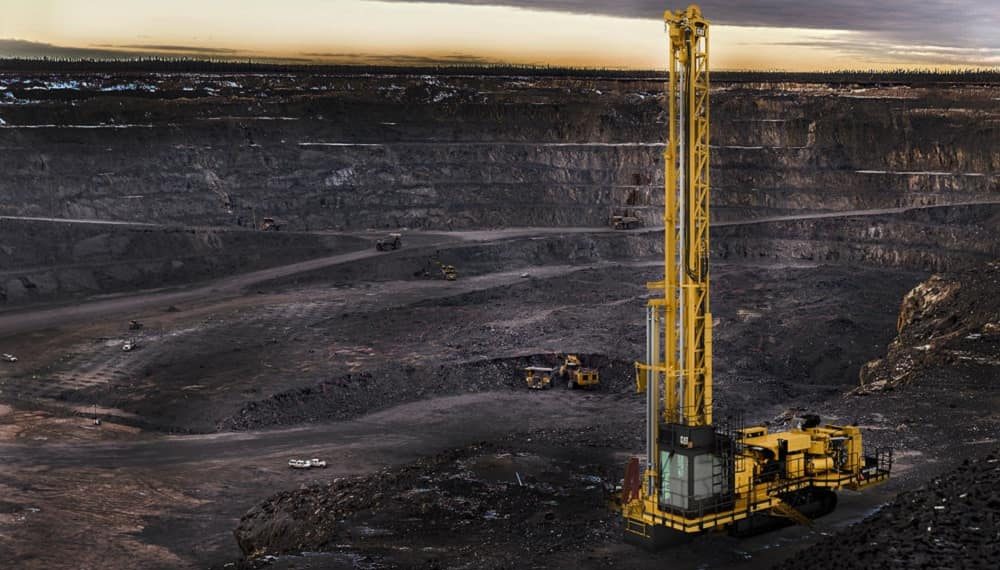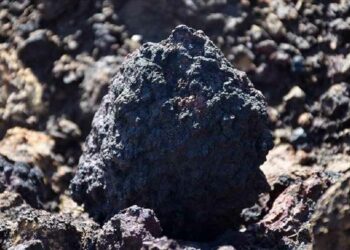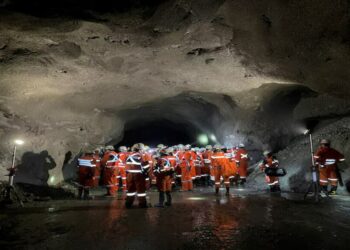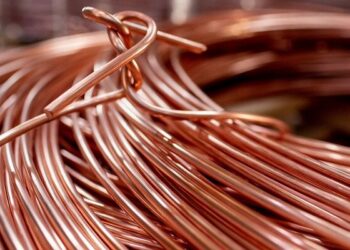Wolff, which is now part of the National Group provides a range of automated and innovative solutions such as large scale semi-autonomous bulk dozer push and blast hole drilling, contract mining services, excavator pre strip fleets, civil earthworks, site clearing and rehabilitation works.
Wolff has an established partnership with CAT and Hastings Deering through the deployment of CAT’s Command for Dozing module in a mining production environment.
This deployment was additionally recognised by the wider mining community and resulted in winning multiple awards, including Contract Miner of the Year at the 2018 Australian Mining Prospect Awards.
“Our range of CAT autonomous drills offer enhanced safety and cost effectiveness through high precision drilling. This can offer various benefits to the mining value chain such as improved accuracy, consistency and utilisation rates,” a Hasting Deering representative said.
“High-precision satellite guidance capabilities ensures that every blast hole is drilled exactly to the designed coordinates and desired floor elevation.
“Automated drilling functions ensure consistent operation that maintains drill operation within ideal operating parameters, resulting in maximum bit life, reduced costs for consumables, longer machine life and lower maintenance costs.
“The machine never has an off day, performing at a level of consistency that promotes advanced logistics planning and improves sequencing of the drill operation in advance of digging and loading operations.”
Wolff Mining business development manager Leon Williamson commended the use of CAT’s autonomous features.
“CAT Command for Drilling automates the drilling cycle, which can support operator shift changes while drilling continues, giving mines more working time and less idle time during shifts. It also enables remote operations that reduce or eliminate the costs for operator travel and on-site housing,” Williamson said.
“In addition, semi-autonomous drill operations will enable a single operator to control multiple drills and proportionally reduce the cost per drilled metre whilst additionally increasing the effective drilled metres per shift for our clients.”
National Group managing director Mark Ackroyd added: “Although this technology reduces operational costs, one of the most important benefits of this technology is safety. Beyond allowing operators to work safely away from the drill, there are a number of other features that ensure the safety of everyone working in the vicinity of autonomous equipment, whether that’s trucks, drills or dozers.
“Autonomous drilling allows the operator to select a row of holes for the drill to navigate from hole to hole and auto-drill all holes in the selected row. The operator only needs to authorise the auto-tram between holes to ensure safety is maintained.
“The single-row autonomy (S-ADS) feature can also drill an entire row without operator intervention that can manage multiple machines through the use of a tablet or the ROS.”
The semi-autonomous drills use a line-of- sight system by way of a tablet. This line-of-sight system can manage multiple drills at the same time, which allows for a single row mission to be controlled and monitored from a safe distance while it drills a single row.
Semi-autonomous drilling delivers a number of benefits such as accurate in-hole/bit positioning every hole, consistency in all functions of drill operation, explosives energy containment due to plan matching, improved drill and blasting safety, optimised asset utilisation, improved rock fragmentation, lower OPEX as well as higher productivity.










